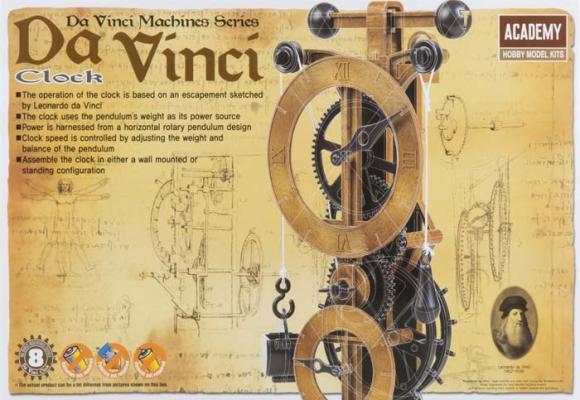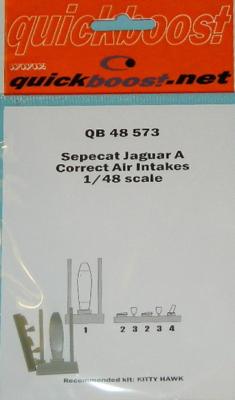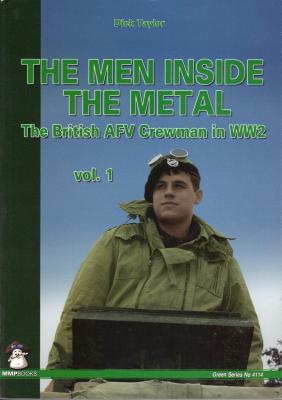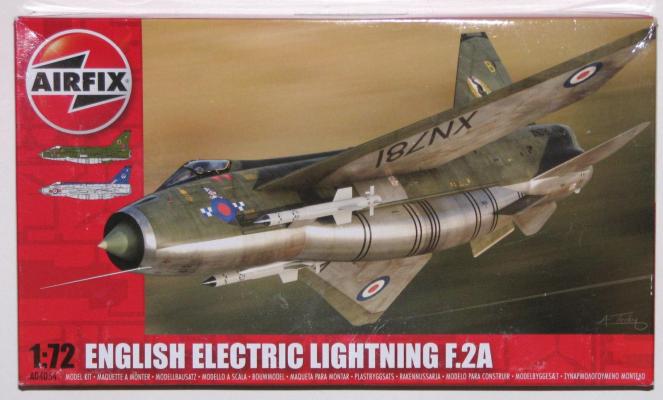The genius of Leonardo Da Vinci goes without saying. His inventions and ideas were years ahead of his time. Many of the things we take for granted today are based on his thoughts and visions. This kit is the newest in Academy’s Da Vinci Machine Series. The Da Vinci Clock uses weights to power a horizontal pendulum. This is a snap together kit. No glue or paint is needed. Parts separate from the sprues easily and parts cleanup is quick and easy. The parts fit was spot on and once pressed together the assembly was tight and firm. Some care is needed when placing the various gears to ensure proper placement. The instructions are clear and show how it all goes together.
all 2014
The usual “Thanks very much” goes out to our friends and suppliers at Quickboost for an excellent detail set, for use on the new Jaguar kits out there.
Face it, trying to drill out intakes on air scoops, and fabricating delicate antennas is out of the realm of most of our abilities. Let the experts in resin at Quickboost take care of your needs! This set addresses both areas for your Jaguar A…
The avionics air scoop is delicate yet strong; same for the antennas. These are simple cut/fit items, replacing the chunky kit items. And no having to clean up the inner seam on the air scoop!
Full marks for detail, appearance, and simplicity of use! Thanks again to Quickboost, Aires and IPMS USA for providing these items…
Many ship modelers have been puzzled as to precisely why this World War 2 era heavy cruiser has never seen plastic. Belfast currently resides in London, permanently berthed as a museum and memorial. Her status as intact leaves a few decisions Trumpeter made with this kit rather puzzling.
This kit comes packaged as many Trumpeter kits these days, with foam protecting styrene particularly vulnerable to damage. I saw no flash and injection points are all well hidden. Molding is extremely crisp, and many details will not need photo etch replacements. The hatches are WWII era British, which is a nice detail. Both her AA and pom poms are good, especially for plastic. The PE set that covers some fine details is also nice, though I wish a manufacturer would include some railings.
Thousands of books have been published over the years covering the various armored fighting vehicles utilized by British and Commonwealth forces in the Second World War, and many of them are sitting on my bookshelves, and I am sure yours. There are also numerous books on the various battles that took place involving these vehicles and the generals, officers, and enlisted men who took part. But it is rare that you get a book as detailed as this one on the individual crewmen who accompanied these machines into battle.
This book does not cover the training these men received prior to going into battle, nor does it cover their backgrounds prior to joining the armed forces. Nor does it cover the makeup of the units involved in the fighting. What it does cover, and covers it very well indeed, are the uniforms and other personal gear the AFV crews wore into battle, the badges and insignia adorning their uniforms, and their crew equipment and personal weapons.
History
Entering RAF squadron service in 1960, the Lightning represented a quantum leap in capability and performance over the RAF’s previous interceptor jets, offering Mach 2+ performance as well as a phenomenal rate of climb. Until its retirement in the 1980s, the Lightning had few rivals for outright speed and climbing ability, however it did have some shortcomings, most notably its lack of range as well as its limited armament of just two air to air missiles. The F3 Lightning introduced an enlarged ventral tank with later versions being equipped with over wing tanks, improving the range of the lightning further. These versions deleted the nose guns of the earlier variants, thus reducing the ability of the Lightning pilots to get in close with their opponents. They also did nothing to overcome its missile deficiency, with the Lightning still having to rely on just two missiles.





